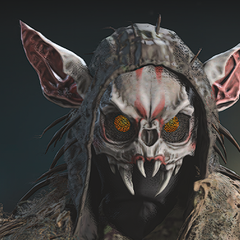USB 3.0-A to USB 3.0-C
-
Featured Topics
-
Topics
-
0
-
damian61 ·
Posted in Troubleshooting0 -
BrandBoozle ·
Posted in Troubleshooting4 -
1
-
mecurt78 ·
Posted in Troubleshooting0 -
8
-
jonrosalia ·
Posted in LTTStore.com Merch1 -
amir2927 ·
Posted in CPUs, Motherboards, and Memory4 -
4
-
rb19 ·
Posted in Graphics Cards13
-















Create an account or sign in to comment
You need to be a member in order to leave a comment
Create an account
Sign up for a new account in our community. It's easy!
Register a new accountSign in
Already have an account? Sign in here.
Sign In Now